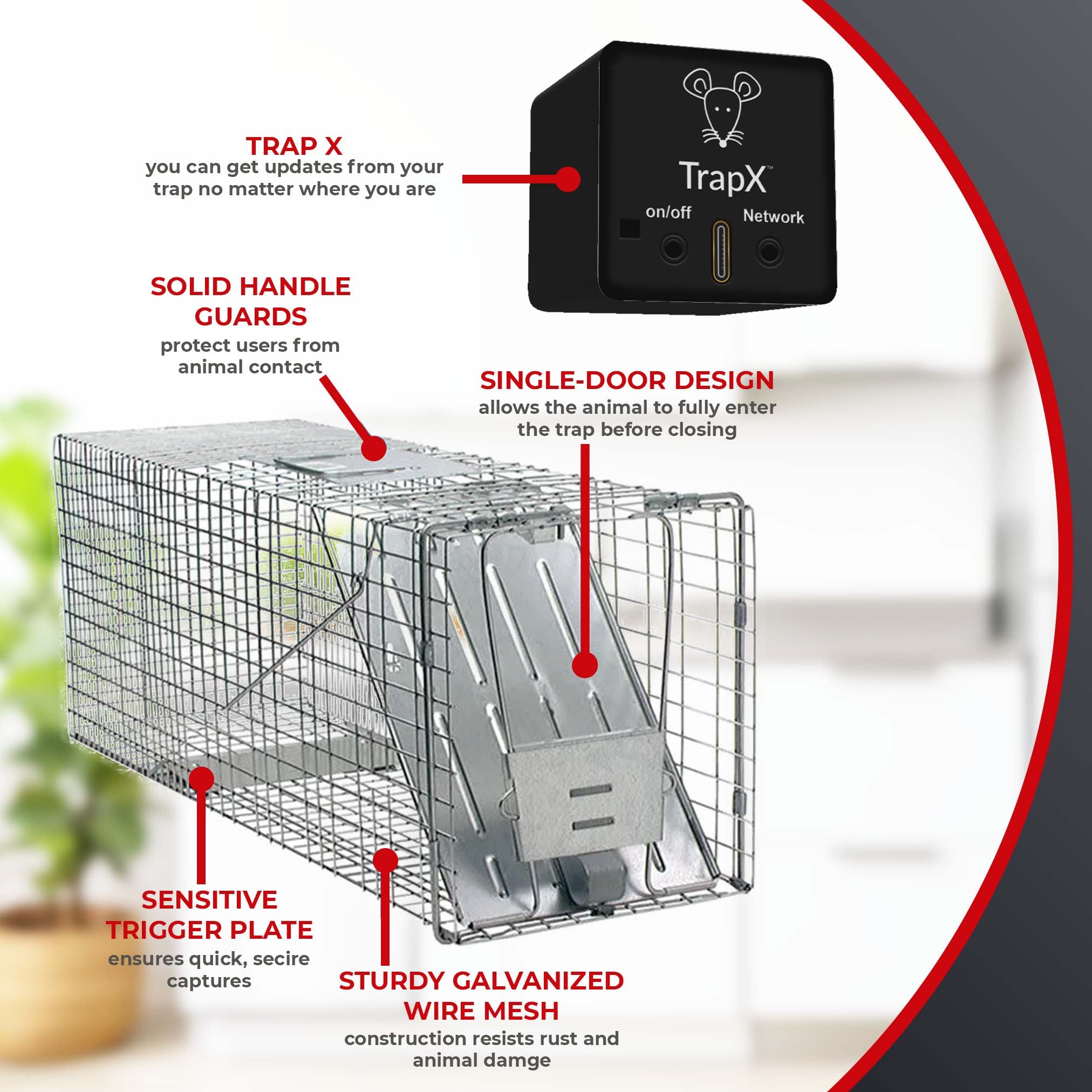The Ultimate Guide to Rat Traps: Outdoor Large Fast Kill
Share
Rats are not just a nuisance; they can lead to serious health and property issues. With increasing populations of these rodents in residential and commercial spaces, effective measures are essential. In this article, we dive into the ultimate guide to rat traps: outdoor large fast kill methods, providing you detailed insight into different types available and tips for successful rodent control.

Understanding Rat Traps
What Are Rat Traps?
Rat traps are devices designed to capture or kill rats that intrude into your space. Various types of traps exist, each designed with specific functions and mechanisms to target different rat behaviors. Learn more about some electronic options available.
Why Choose Fast Kill Rat Traps?
Fast kill traps are popular as they provide quick results. They are designed to kill rats instantly, reducing suffering and maintaining hygiene. This makes them ideal for those looking for immediate rodent control.

Types of Outdoor Large Fast Kill Rat Traps
Snap Traps
Snap traps are the most traditional type of rat trap. They work by using a spring-loaded bar that snaps down on the rat when triggered. Highly effective, these traps can be used outdoors and are easy to set up. For a step-by-step setup guide, check out this resource.
Electric Traps
Electric traps utilize high voltage to kill rats quickly. These traps are suitable for outdoor use, as they can handle larger rats and are safe for pets when used correctly.
Glue Traps
Glue traps use a sticky substance that traps rats when they walk over it. However, these are not considered fast kill traps. They require regular checking and can cause prolonged suffering, which is undesirable.
Multiple Catch Traps
These traps allow multiple rats to be captured at once. They are excellent for large infestations but may not qualify as 'fast kill' options. Learn more about their usage here.

Choosing the Right Rat Trap
Factors to Consider
When selecting a rat trap, consider the following factors:
- Size of the Rat: Different traps are designed for different sizes of rodents.
- Location: Ensure the trap is suitable for outdoor environments.
- Ease of Use: Choose traps that are easy to set and dispose of.
- Safety: Ensure the trap is safe for other wildlife and pets. For more on safety, consult Romney Pest Control.

Setting Up Rat Traps Outdoors
Optimal Locations
Identifying the right spots to place your rat traps is crucial. Look for areas with signs of rat activity such as droppings, gnaw marks, or nesting materials.
Setting the Trap
Follow these steps to set up your traps effectively:
- Position the trap along a wall or in areas where rats frequently travel.
- Bait the trap with enticing food like peanut butter, bacon, or cheese.
- Follow the manufacturer's instructions for proper setting.
Monitoring and Maintenance
After setting the traps, regular monitoring is necessary to ensure effectiveness. Check traps at least once a day and remove any trapped rodents promptly for humane treatment.
Safety Measures
When using rat traps, always consider safety:
- Wear gloves when handling traps to avoid contamination.
- Keep traps away from children and pets.
FAQs About Rat Traps
1. Are snap traps humane?
Yes, if set properly, snap traps can kill rats instantly, reducing prolonged suffering.
2. How often should I check my traps?
Check your traps at least once a day to maintain effectiveness.
3. What bait works best for rat traps?
Peanut butter, cheese, and dried fruit are all effective baits for attracting rats.
4. Can I reuse my rat traps?
Yes, most traps can be reused after proper cleaning and maintenance.
5. Where is the best place to set a rat trap?
Set traps along walls and in areas where youve observed rat activity.
6. Are electric traps safe for outdoor use?
Yes, electric traps designed for outdoor use are safe if placed correctly.
Conclusion
Choosing the right rat traps for outdoor large fast kill is essential for effective rodent control. By understanding the different types of traps and following safety precautions, you can manage rat populations swiftly and efficiently. Remember, the key to success lies in proper trap placement, frequent monitoring, and humane practices. For further information, consult PestWorld.
As an Amazon Associate, I earn from qualifying purchases.
